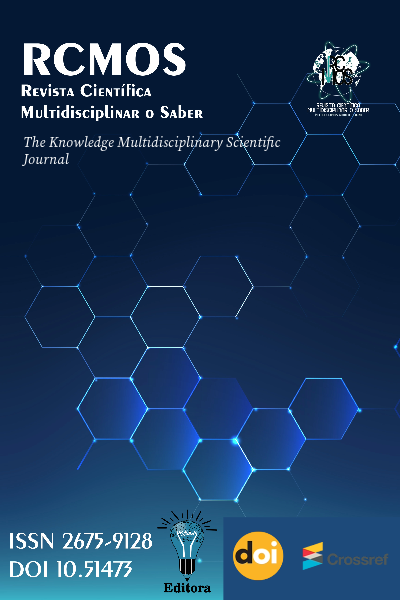WORKER'S HEALTH SURVEILLANCE X ACTIONS AIMED AT HEALTH PERSONNEL
A SYSTEMATIC REVIEW
DOI:
https://doi.org/10.51473/rcmos.v1i11.2021.191Keywords:
Health Personnel, Occupational Health, Surveillance of the Workers Health, Disease NotificationAbstract
Objective: To identify in the literature the actions of the Worker’s Health Surveillance developed from the notifications of diseases and illnesses related to the health workers. Method: This is a systematic literature review with an analysis criterion and synthesizing the result of scientific productions that are relevant to the proposed theme. Based on evidence-based practice, the PICO strategy was used, which represents an acronym for Patient, Intervention, Comparison, and “Outcomes” for the verification of the information found. For the selection of publications, the Prisma method was used, which provides a transparent and effective communication in the report of systematic reviews and meta-analyzes, being produced in three stages. In the first stage, repeated articles were excluded, and the selection by titles took place. In the second stage, the selected articles had their abstracts read, and those selected were sent to complete reading, referring to the third stage. Results: From the crossings carried out in the chosen databases, 940 articles were found, 408 in Medline, 394 in Lilacs and 138 in Bdenf. After excluding duplicate articles, 48 studies were selected for the abstract, and of these, 11 were selected for full reading. Completed their analysis, 7 were excluded because they were not relevant to the study, thus leaving 4 articles that were relevant to the research. Conclusion: It is essential that Occupational Health Surveillance, aimed at health personnel, direct its actions towards awareness and identification of groups more exposed to illness.
Downloads
Downloads
Published
Issue
Section
Categories
License
Copyright (c) 2021 Mylena Maximino Marques dos Santos, Fabyolla da Silva Moura, Rosário Antunes Fonseca Lima, Jacyra Salucy Antunes Ferreira (Autor/in)

This work is licensed under a Creative Commons Attribution 4.0 International License.












